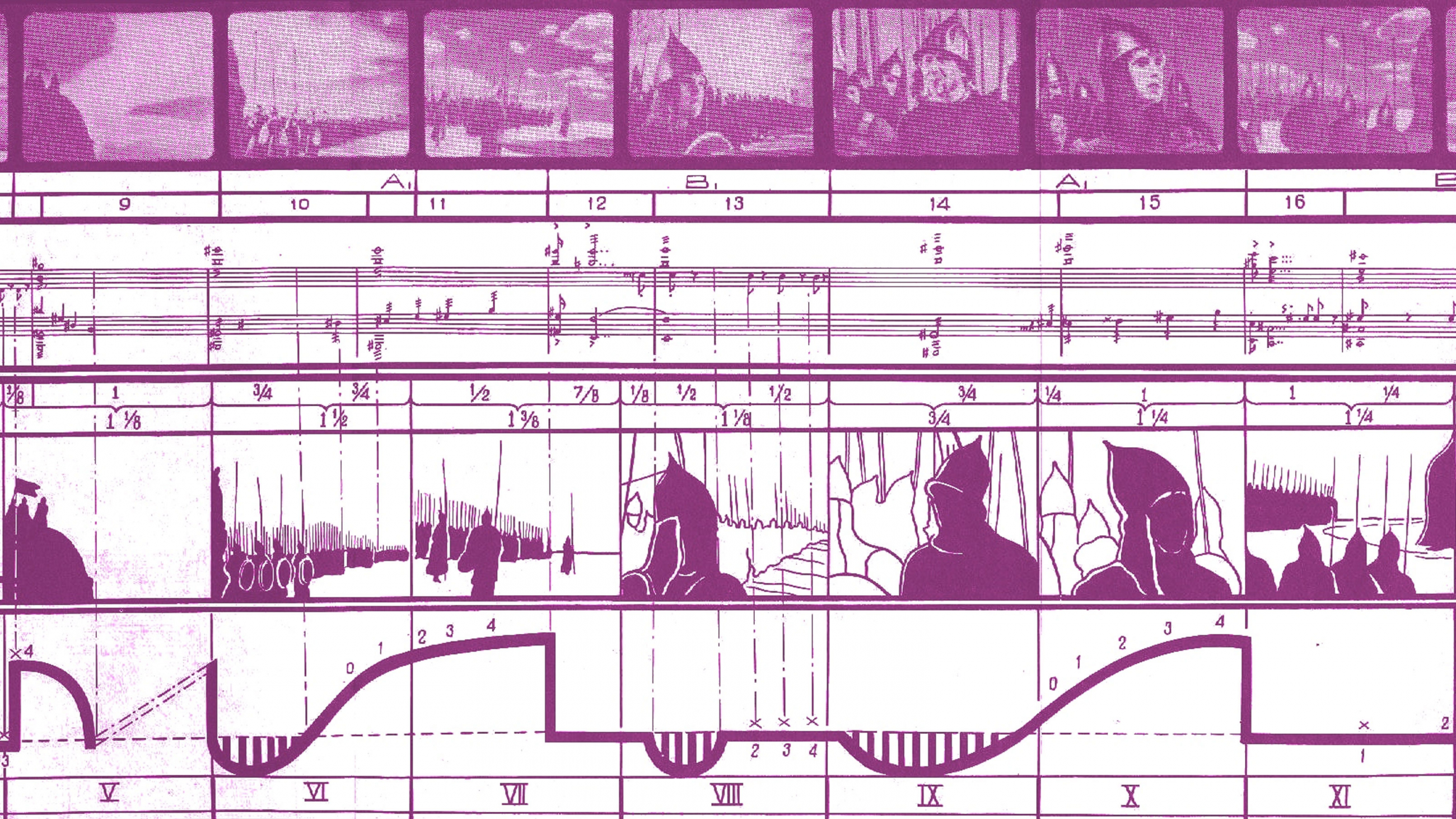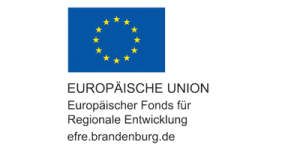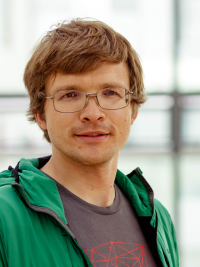COLLISIONS – Media Collisions as Innovation Drivers for New Approaches to Cultural Heritage
The project explores the potential of immersion and narration for visualising and making available cultural assets.

- Film University Babelsberg KONRAD WOLF (Tatiana Brandrup)
KOLLISIONEN is an interweaving of information visualisation with the immersive properties of VR and 3D sound to support an inviting audiovisual exploration of cultural collections. The project is based on a prominent use case: the so-called Eisenstein Cabinet and the thought world of the Russian film director and polymath Sergei Eisenstein, who anticipated the thesis of the innovative power of media collisions in his theoretical work. The aim of the project is to explore media collisions in order to develop an innovative communication model for experiencing collections of cultural heritage related to the life of Sergei Eisenstein.
Known for his monumental contribution to film theory and the world of cinema, Sergei Eisenstein owned an extensive collection of objects in his home. The so-called Eisenstein Cabinet housed a library of nearly 4,000 books, manuscripts and transcripts of films, his collected paintings and art objects, his Bauhaus furniture, filming memorabilia such as Aztec heads and tapestries from Mexico, original posters of Japanese Kabuki theatre, his collection of toy figures and numerous autographs, including a hand-drawn Mickey Mouse comic by Walt Disney with the dedication "To my dear friend Sergei Eisenstein".
KOLLISIONEN attempts to bridge the gap between different forms of media communication and combines information visualisation with VR and 3D sound to create a virtual simulacrum of the Eisenstein Cabinet. The end result of the project will be a communication model and web prototype called 'Eisenstein House'. Rich information spaces will be brought together and combined with immersive sound to create an engaging learning experience for film enthusiasts, while providing a growing database for the international community of Eisenstein scholars and students. The fusion of InfoVis with VR and 3D sound promises novel forms of data aggregation and presentation. The results may provide clues for the design of innovative user interfaces dedicated to making cultural heritage available in a multisensory way, both from a technical and an aesthetic point of view.

Project management
Project management

Prof. Dr. Marian Dörk
Project management
- Tatiana Brandrup (FUBKW)
Employees
- Sara Akhlaq
- Arran Ridley
- Mark-Jan Bludau